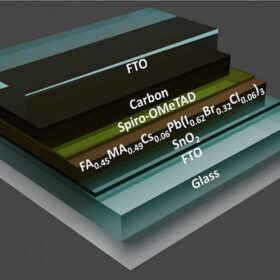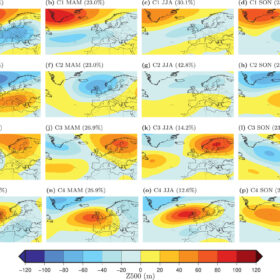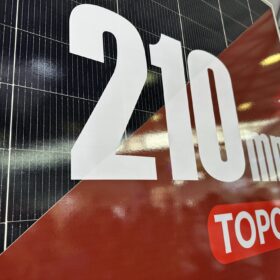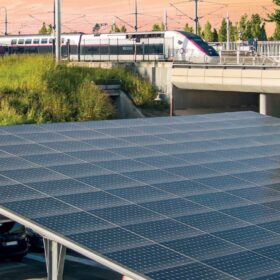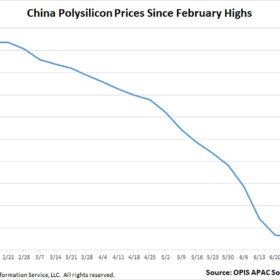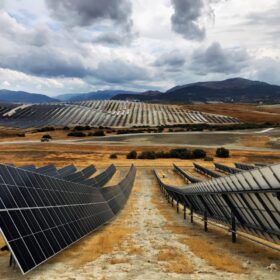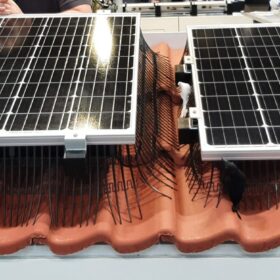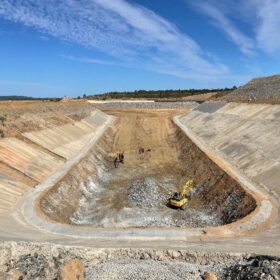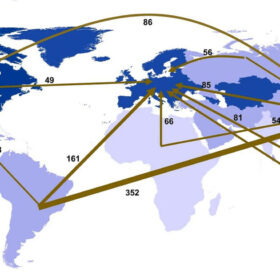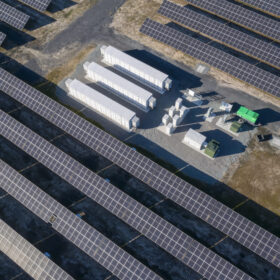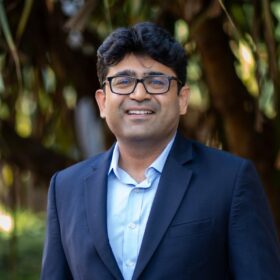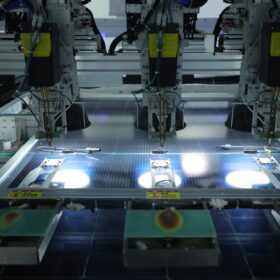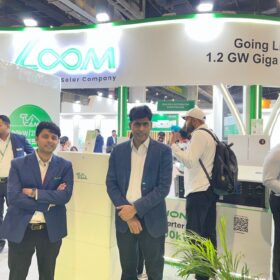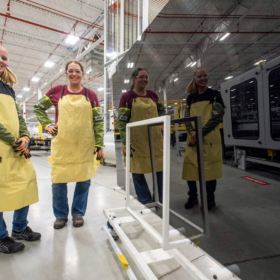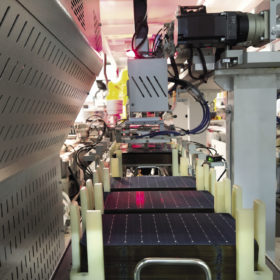Indoor perovskite PV solar cells with 32.0% efficiency
Scientists in Thailand built an indoor perovskite solar cell with low-cost carbon electrode architecture. The manufacturing process is based on antisolvent deposition and vacuum thermal annealing (VTA) and reportedly results in higher perovskite film quality.
Open-source online tool to optimize wind-solar projects
Scientists in Spain have developed a tool that optimizes the joint production of wind and solar. It combines data, patterns of solar radiation, and wind speeds over time in specific parts of Europe.
Big module makers in China call for wafer standards
Trina Solar, JinkoSolar, JA Solar, Longi, Risen, Canadian Solar, Tongwei, Chint, and Das Solar have issued a joint statement demanding the standardization of wafer sizes.
French railway operator launches renewables unit, plans 1 GW of solar
SNCF says it wants to devote 1,000 hectares of its land to solar development, so it can cover 20% of its electricity consumption by the end of the decade.
China polysilicon prices hold steady amid rebound talk
In a new weekly update for pv magazine, OPIS, a Dow Jones company, provides a quick look at the main price trends in the global PV industry.
New guidelines for inter-row spacing of PV power plants
A Canadian research group has applied new guidelines for ground coverage ratios to 31 locations in Mexico, the United States, and Canada. It found the new formulae show that the factors affecting inter-row energy yield loss are highly dependent on latitude.
Utilities, can you DG it?
Small-scale PV systems drove the installation of more than 200 GW of solar capacity last year and could support more than 300 GW this year. That means a reset for utilities.
Australian developer secures funding to speed up 2 GWh pumped hydro project
Australian renewables developer Genex Power has signed agreements with Japanese utility J-Power for a multimillion-dollar funding package that will support the delivery of its 2 GWh pumped hydro project in Queensland Australia, and the development of the 2 GW Bulli Creek solar and battery project.
New study finds growing inequality in metal footprints of renewable power value chains
A US-Chinese research team has investigated the flow of iron, copper, aluminum, and other precious metals from source to end-use destination in the renewable energy infrastructure value chain. It found significant imbalances that can be attributed to the continuous outsourcing of metal demand for the renewable power sector to developing economies.
Solar to reach ‘unassailable position’ as cheapest electricity source, says DNV
Solar’s levelized cost of electricity will reach $30/MWh in 2050, as global capacity surges, said DNV.
